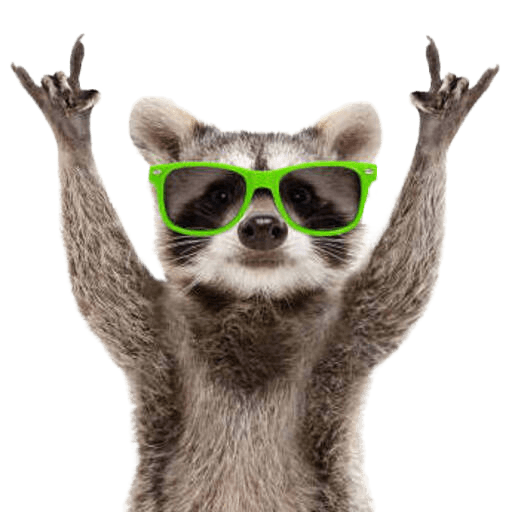WHY CREATIVE AGENCIES ARE POISED TO DISRUPT “BIG MEDIA”
space150 | 7/29/2015
by Craig Key, SVP of Media at space150
Why are creative agencies getting invited to pitch media business for a brand like Coke? Because the media business, as it stood for the first 50 years has been skinned, gutted, roasted and devoured by a model that big media can no longer keep up with. You see, the large nature of "big media" agencies used to give them a leg up on the competition, but it's now that same size and siloed nature that will be their biggest obstacle to overcome.
WHAT WAS BIG MEDIA'S COMPETITIVE ADVANTAGE?
Scale. Buying power. Cost savings. These were the promises that lead to the huge conglomerations of companies that are placing billions of dollars of media per year. When one entity could pledge tens, or hundreds of millions of dollars to a publisher, they had a strong bargaining chip to lower media costs and save their clients money (or at times, add to their own margins). This led to media departments spinning off into separate entities, rather than keeping media and creative under one roof.
EFFICIENCY IS THE MOST IMPORTANT THING, RIGHT?
The great advantage of efficiency that created ad bolstered the world of big media agencies, is being dismantled by a fragmented media landscape, and a focus on real-time performance metrics rather than up-front cost savings. One of the most disruptive forces in the history of media has been the advancement of programmatic buying. This has essentially leveled the playing field by taking human negotiation out of the equation, and creating an open market for bidding on everything from search keywords, to Facebook ads, to digital and linear TV video ads. Advertisers and agencies of all sizes are in a bidding war for the smartest (not always the cheapest) vehicles to reach their audiences in the right moments. Agencies can no longer get by with negotiating a few cents lower CPM than the next shop; the formula for success is about having nimble, effective media planners who are turning the dials every day, and using real-time data to affect the real-time bidding decisions of every campaign. This is in stark opposition to how big media was built, and it's their very size and scale that will make them ineffective against smaller, smarter (if I do say so myself), media teams.
THE REAL PROBLEM: CREATIVE & MEDIA MECHANICS
Even if you want to argue that big media still wins on cost (and I know some of you do), we still can't escape the fact that the complexities of our digital world require a tight integration from ideation to execution to distribution. In a pre-digital world, separating media and creative was easy enough, because the mechanics of the medium and the message were pretty simple: 30 second spots, print ads, radio spots, etc. There wasn't much question about what format an idea would take, or how it would reach the consumer. So it was easy enough to let the creative shop crank out great ads in a vacuum, and then throw them over the fence to the media shop to push them out to the world.
Digital changed that.

Ad formats went from 3 or 4 predictable ad specs, to nearly limitless message formats. Ad delivery went from appointment-based viewing, listening in very controlled environments (typically the home, the car, or a specific location), to moment-based interactions that can happen anywhere, at any given point in a consumer's day. The mechanics aren't simple anymore, and the connection between media and creative is critical to ensure that the message matches the moment. This becomes nearly impossible to throw over a fence, and the end result is a lack of ownership of true campaign success, with creative blaming media, and media blaming creative for poor performance or missed expectations.
So why does Coke look outside of big media for part of its media business? Because they know that the strategy that connects media to messaging is more important than anything else. Any efficiencies that could be gained in media cost will be lost if the message isn't tailored to the moment the matters between the brand and it's audience. I'm proud to work at an agency that invites the media team to creative brainstorms, and where we (media) get input from creative when making decisions about partnerships and placements.


